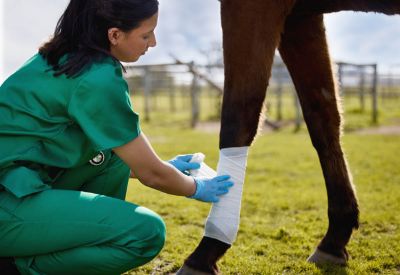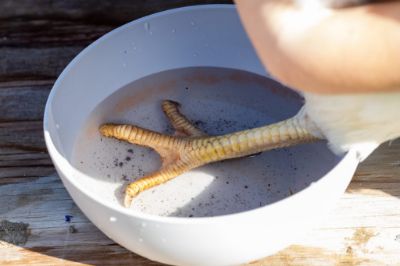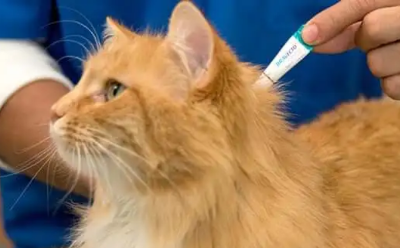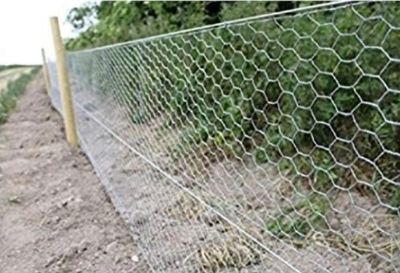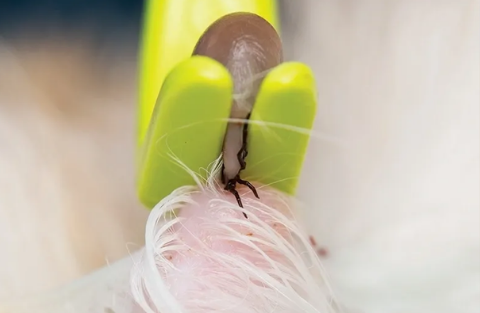
As a pet owner it is important that you know how to remove a tick correctly as they can make pets very sick and even cause death. If you find a tick on your pet you need to remove it quickly and safely, this will prevent any further toxins being injected into the bloodstream. How easy a tick is to remove may depend on the position or size of the tick and how cooperative the pet is. We have put together some tips to be familiar with incase you ever need to remove a tick.
Tick Removal Tips
- Avoid squeezing the body of the tick as this can cause them to release more toxins into the pet.
- Do not put any chemicals on the tick. They may be toxic to your pet or even aggravate the tick causing it to release more toxins.
- The best way to remove a tick is to use a Tick Remover like a Tick Twister. These work like a hook that you slide under the tick, then pull back and then tick can be safely removed head and all.
- If you don’t have a Tick Remover you can use tweezers. Be careful not to squeeze the tick’s body. Hold the tweezers close to the skin where the head is embedded, then pull the tick away from the skin.
- Make sure that the entire tick, including the head, is removed.
- Wrap the tick in a tissue and keep it in a container in case your veterinarian wants to see it.
- Continue to check your pet even if you find a tick as they can often have more than one.
- If you do not feel confident in removing the tick contact your veterinarian immediately and they will be able to assist you.
After Tick Removal
If you do remove a tick, even if your pet appears to be fine, you should contact your vet for advice. Keep a close eye on your pet for a few days as the effects from a removed tick may take time to present. Try to keep them quiet and avoid extreme stress for a few days. If your pet becomes unwell or starts to show any signs of tick paralysis or poisoning contact your veterinarian immediately, do not wait overnight! Even if a tick has been removed the toxins may already be in the bloodstream. These toxins can still make the animal very sick, even cause death.
Knowing the signs of tick poisoning, particularly from a deadly paralysis tick is extremely important.
Tick Prevention
As always prevention is best! There are a number of tick preventative products available for dogs and cats. They come in a range of forms from spot-on treatments, to chewable tablets and collars. Always follow the directions on the product you are using. Be sure to pay close attention to the dosage interval for the particular tick you are trying to prevent.













